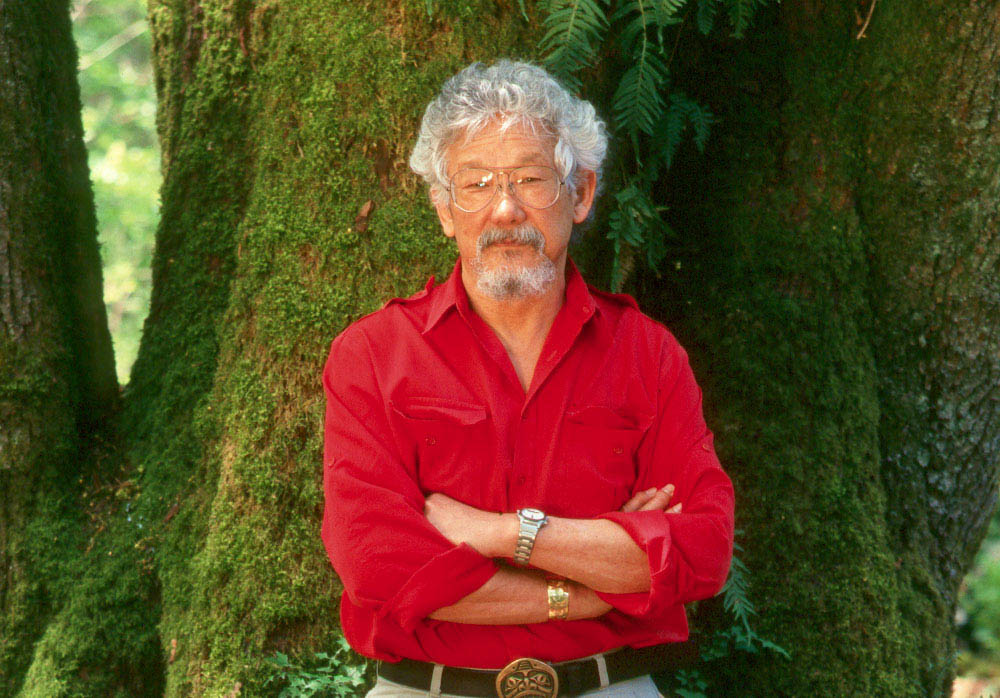Environmental racism or discrimination can take many forms. It can mean building polluting factories or mines next to Indigenous communities, or “relocating” marginalized or racialized people to make room for an industrial project or dam.
To find an urban example, look to the trees. Research shows wealthier neighbourhoods usually have better tree and shrub cover than poorer, more diverse neighbourhoods. That’s important for a number of reasons. First, most of us live in cities — 80 per cent in Canada. Beyond the fact that they look nice and increase property values, trees and shrubs reduce pollution and noise, keep air cooler, decrease flooding and runoff, make cities more resilient, improve mental health and well-being, and provide shelter and habitat for numerous animals.
Trees’ ability to cool and shade is particularly critical as the planet heats up. Sadly, people in areas with fewer trees also often lack air conditioners or public buildings where they can get relief.
Giving more people better access to treed green spaces is something everyone can get behind. David Suzuki Foundation studies in Montreal, Ottawa and Toronto found residents in all three cities are willing to invest in “an urban forest with a higher density of trees, a wider diversity of tree species, the presence of street shrubs.”
The studies — conducted by researchers at the University of Quebec in Outaouais and University of Montreal — point out that, in terms of resilience, social acceptance and economic viability, natural infrastructure is one of the most effective climate adaptation solutions.
They also noted that “the distribution of vegetation over a city’s territory is generally uneven: poorer or more multicultural neighbourhoods often have a thinner canopy than their richer or white neighbours. These well-documented inequalities can be seen in cities around the world, and Canadian cities are no exception.”
It’s especially important as research shows urban areas are heating faster than rural areas — on average about 29 per cent. A study by scientists at Nanjing and Yale universities found planting trees along streets, creating rain gardens and removing pavement can create a cooling effect and reduce the rate of urban warming. Increasing trees and green spaces in urban areas has already reduced heat in cities in Europe and the U.S.
But just as urban life can be difficult for residents in areas lacking green spaces and trees, it can also be difficult for trees. “Trees are not given enough room, they have poor soil quality and limited access to water,” University of British Columbia assistant forestry professor Lorien Nesbitt told the West End Journal. “They’re usually planted in an environment after all the grey infrastructure has already gone in. We need to create more space for trees in our city, and to prioritize protecting them.”
A recent study in Nature found that “more than two-thirds of tree species across cities worldwide are facing severe climate risks, undermining their roles in climate adaptation and other ecosystem services they provide.” The researchers recommend cities everywhere take immediate measures such as planting more trees and shrubs, especially climate-resilient ones, and channelling rainfall into rain gardens or tanks.
An urban forest is not, after all, the same as a wild forest, with its incredible diversity, mother trees, interconnected mycelial networks and abundance of wildlife. Urban plantings need to be planned and executed in ways that ensure resilience, including increasing tree and shrub diversity. The Foundation study found that, just as tree cover is lacking in neighbourhoods with socio-economically vulnerable populations, tree diversity was also proportionately lower, increasing “the risk of destruction of a larger part of the urban forest in these neighbourhoods following a disturbance.”
It’s no wonder that research found such widespread support for more urban greening. Not only do trees, shrubs, rain gardens, “Butterflyways” and other green spaces offer numerous benefits for everything from human health and well-being to the climate crisis, they can also save enormous amounts of money by reducing health care costs, making city infrastructure more resilient to extreme weather–related events and even reducing crime.
Greening cities is a crucial part of resolving the climate crisis, but it also offers ways to address the many inequities that poor urban planning has created and climate disruption has exacerbated. It’s an affordable, practical, popular solution with numerous benefits and no real downside.
David Suzuki is a scientist, broadcaster, author and co-founder of the David Suzuki Foundation. Written with contributions from David Suzuki Foundation Senior Writer and Editor Ian Hanington.
Learn more at davidsuzuki.org.







